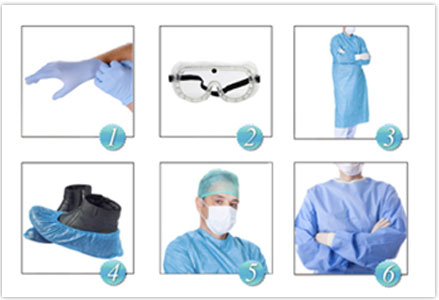Our CPR/AED courses include Adult, Child and Infant techniques. Additionally, our CPR certification course includes training on the use of an Automated External Defibrillator (AED). Our Healthcare Provider courses cater to all healthcare professionals, including the bag mask technique and two-person CPR. The Healthcare CPR/AED certification is valid for 2 years.
Chapter 2 : Assessing the SituationIt is important to always check the scene and ensure your safety first. Remember to stay alert so you are able to identify and assist in an emergency. 2020 Interim Guidance for suspected or confirmed COVID-19 patients: Put on PPE immediately & limit the personnel around you after you verify that the scene is safe. It is critical to understand that dialing 9-1-1 is one of the most important steps you can take to save another’s life.
|
|
It is important to always check the scene and ensure your safety first. Remember to stay alert so you are able to identify and assist in an emergency.
2020 Interim Guidance for suspected or confirmed COVID-19 patients: Put on PPE immediately & limit the personnel around you after you verify that the scene is safe.
It is critical to understand that dialing 9-1-1 is one of the most important steps you can take to save another’s life.
While helping the victim, protect yourself from transmission of possible diseases.

PPE includes: Gloves, Goggles (eye protection) Gown, Lab Coat or Apron, Shoe Covers, Face Shields / Masks, and Cap
If you suspect that a victim has suffered a spinal or neck injury, do not move or shake the victim.When preparing to perform CPR, keep in mind ECC’s Chain of Survival. These are the five crucial steps that should be performed in an emergency:
